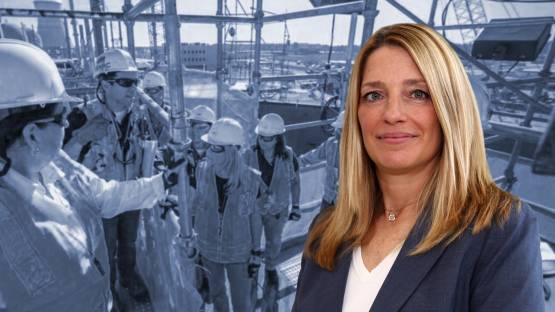Director of the IAEA Division of Nuclear Installation Safety, Anna Hajduk Bradford, first became interested in engineering when by chance she came across a friend’s textbooks in college.
“His books were sitting out on the table, so I picked one up and started to leaf through it,” she says. “It had homework assignments, each one of which was to my mind like a puzzle – for example a diagram of something and accompanying question to figure out the speed at which the piece of metal involved would fall to the ground. It was intriguing to me to figure out how to solve these, so it just caught my attention.”
At the time, Bradford had started her undergraduate studies at Virginia Polytechnic Institute and State University and had not yet decided on a study major, but the idea of these puzzles had captured her interest so much that she shifted her major to mechanical engineering.
It was a bold move at the time for two reasons: firstly, she says, the trend among students was to transfer out of engineering rather than into it due to the intensity of the subject; and secondly, because in the late 1980s the fields of science, technology, engineering and mathematics (STEM) were even more largely dominated by men than they are today. Bradford recalls being called upon by the professor on her first day in a nuclear engineering course, to check that she was in the right class. “I was the only woman taking the course that term,” Bradford says. “It was challenging at first because I felt as though I did not belong there or in this field, but I thoroughly enjoyed the subject and my classes, so I stuck with it and I realized that I do belong.” In 1993, after five years of study, she earned her bachelor’s degree in mechanical engineering.








